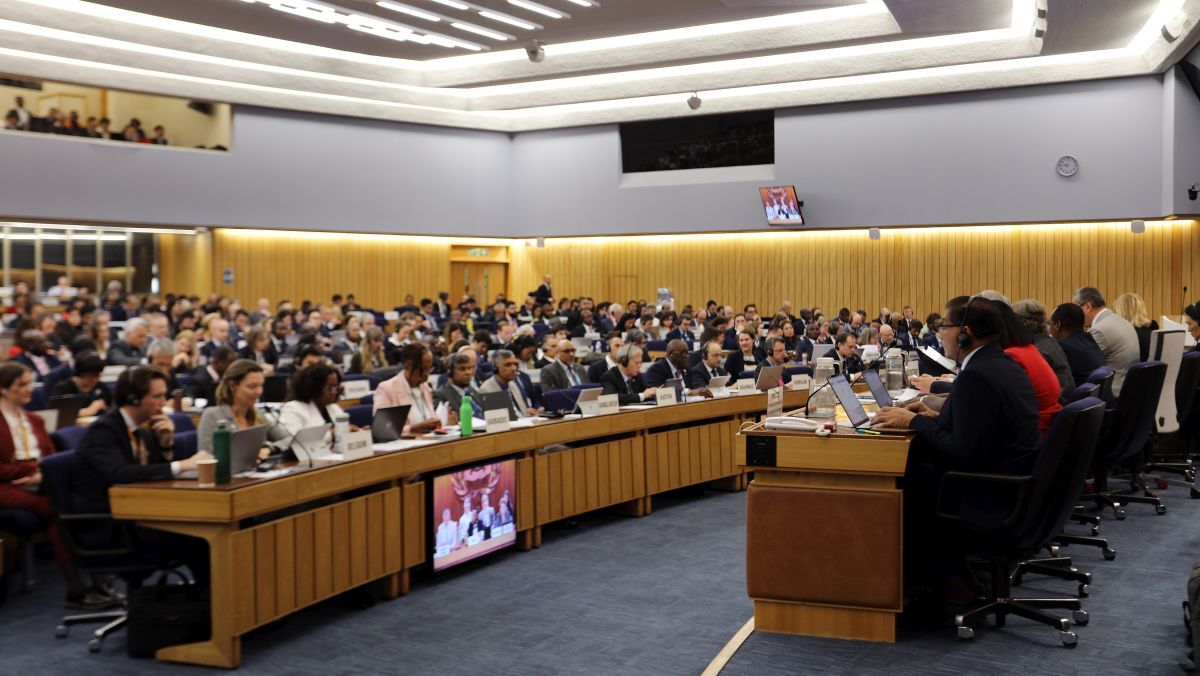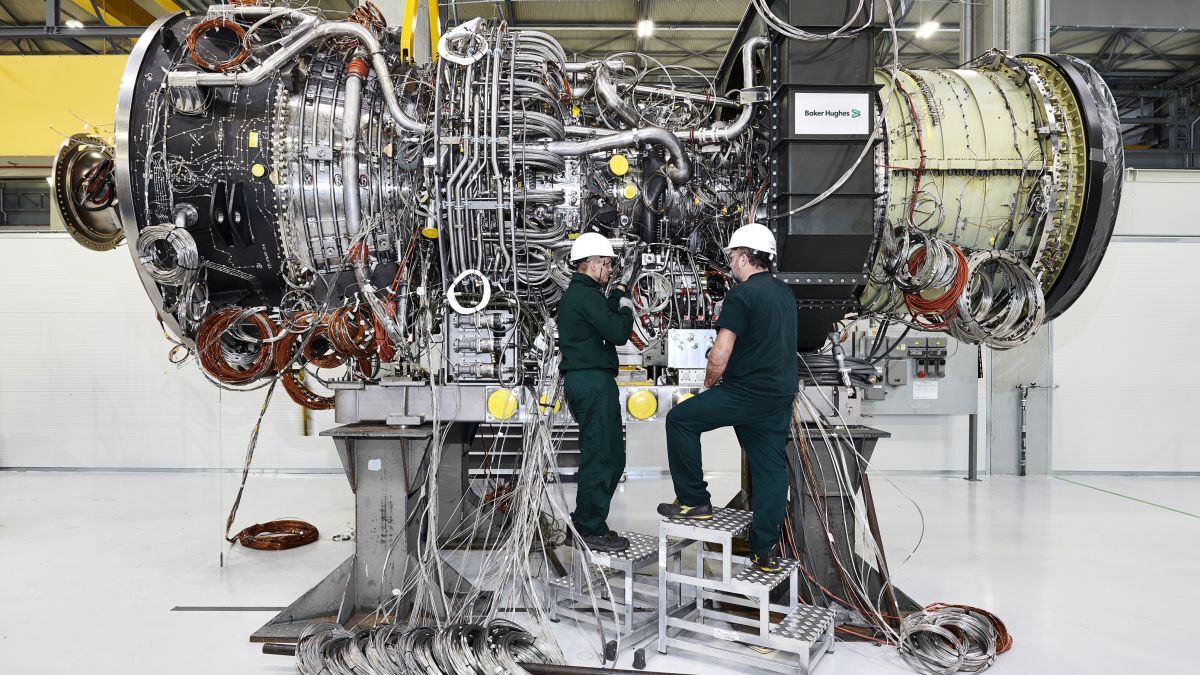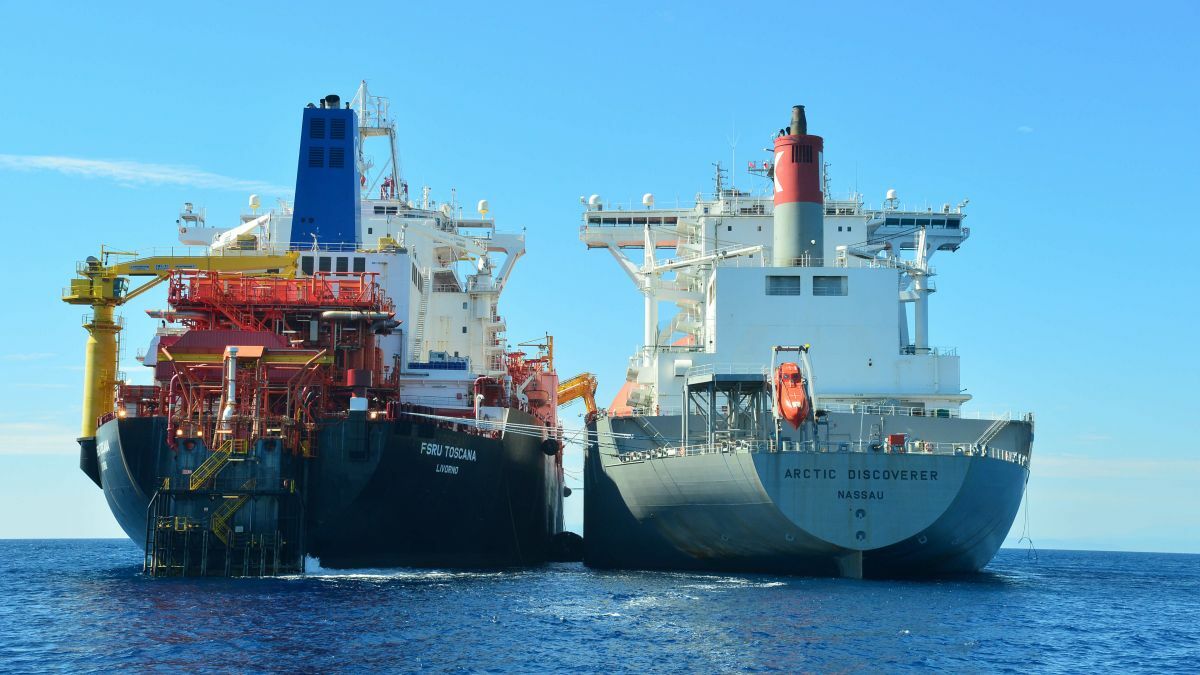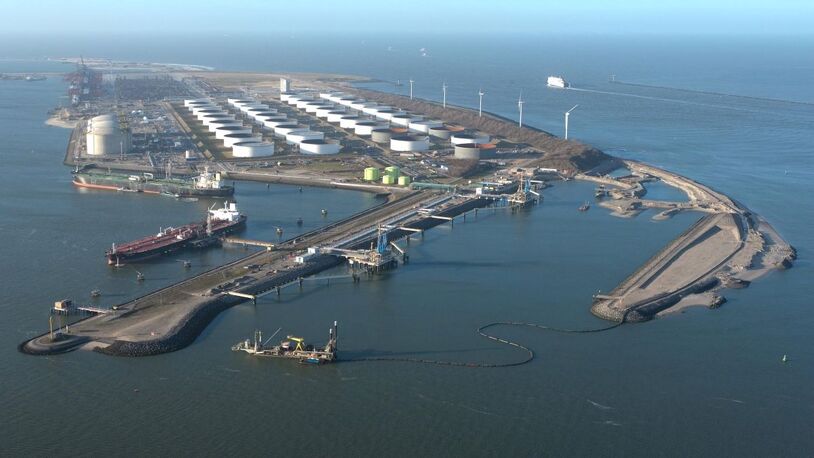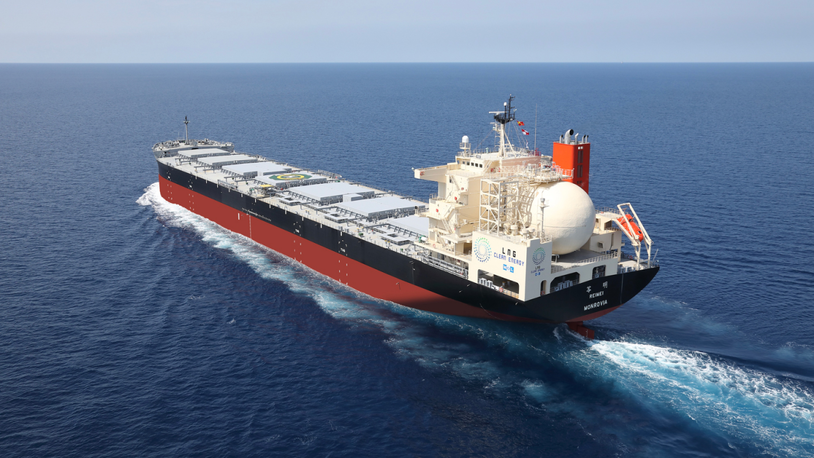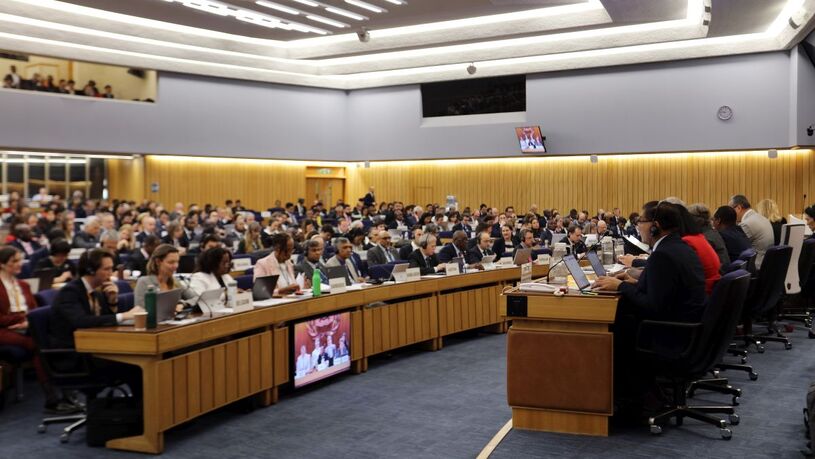Business Sectors
Contents
Register to read more articles.
IMO climate rules challenge LNG fuel assumptions
MEPC 83 decisions reshape expectations for LNG as marine fuel and LNG carrier compliance
International Maritime Organization’s 83rd Marine Environment Protection Committee (MEPC 83) session closed with sweeping new measures designed to reduce greenhouse gas (GHG) emissions from international shipping.
While headlines focused on the introduction of the IMO Net-Zero Framework, the implications for LNG-fuelled ships and LNG carriers were immediate, technical and commercially material. Among other things, MEPC 83 agreed regulatory revisions covering methane slip, onboard measurement guidelines, EEDI amendments and expanded GHG intensity monitoring – each intersecting with the LNG shipping sector’s operations and assumptions.
With the new rules, LNG’s future viability as a transition fuel has been called into question in a Bureau Veritas initial analysis which has suggested that LNG-fuelled vessels could fall into a lower non-compliance band as early as 2031 under IMO’s metrics.
The new Net-Zero Framework will apply from 2028 and includes both technical and economic elements: ships will be assigned an annual greenhouse gas fuel intensity (GFI) score, and any vessel failing to meet the increasingly stringent Direct Compliance targets must purchase remedial units. From January 2028, vessels of 5,000 gt and above must calculate their attained GFI annually.
Targets for compliance have been set through to 2035, with a required 43% reduction in GHG intensity relative to a 2008 baseline by the final year of the initial phase.
LNG’s GFI, as calculated on a well-to-wake basis, reflects not only CO2 but also methane and nitrous oxide. The lack of robust methane abatement mechanisms on board has drawn renewed attention. As currently deployed, LNG would struggle to reach the 2030 target of 21% reduction and would fall further into non-compliance by 2035 without substantial operational or technological improvements being introduced.
The enforcement structure includes a two-tier pricing system. Tier 1 non-compliance – between the Base and Direct targets – incurs a penalty of US$100 per tonne CO2-equivalent. Tier 2 – where a ship exceeds even the Base target – requires payment of US$380 per tonne. LNG’s emission profile risks crossing both thresholds.
As BV observed during a webinar on the introduction of IMO’s new rules, "Under the IMO midterm measure, LNG as fuel goes into Tier 2 non-compliance in 2031".
To allow for direct measurement of emissions, MEPC 83 also adopted new guidelines for onboard measurement of methane and nitrous oxide from marine engines. These guidelines will allow ships using LNG or LNG dual-fuel systems to apply measured slip factors instead of default ones. Such a change could aid the LNG sector – where methane slip has historically undermined lifecycle carbon assessments – in its bid to remain compliant with new rules.
"It could be particularly valuable where methane slip reduction technology is or will be applied,” a DNV report noted.
Sustainable fuels certification, defining ’underway’ and factors affecting compliance credit trading
IMO will also require all fuel emissions to be certified under a Sustainable Fuels Certification Scheme, with emissions values recorded on a Fuel Lifecycle Label accompanying the Bunker Delivery Note.
While LNG is likely to be included, variability in source gas production and liquefaction methods could result in large swings in GFI outcomes.
Certification standards will be published by March 2027.
One of the less-discussed but highly impactful developments for LNG carriers concerns the amended definition of ’underway’ used in fuel consumption calculations. The new definition aligns with the start and end of sea passage rather than broader interpretations previously in use.
As LNG carriers often spend extended time at anchor or conducting cargo operations with propulsion on standby, this change could affect their fuel efficiency ratings unless clearly defined operational modes are agreed with flag administrations.
The Net-Zero Framework also introduces the GFI Registry and an IMO Net-Zero Fund, a quasi-financial institution to manage greenhouse gas pricing contributions. Surplus units from compliant ships can be transferred or banked, introducing compliance trading into IMO regulation for the first time.
LNG carriers operating above the Direct Compliance threshold may need to procure surplus units or pay into the Fund directly.
However, the scope of inter-fleet transfers and monetisation remains unclear pending development of 14 technical guidelines between now and 2027.
These developments come alongside ongoing revisions to the Energy Efficiency Existing Ship Index (EEXI) and Carbon Intensity Indicator (CII), both of which directly affect LNG carriers.
MEPC 83 confirmed an annual CII reduction factor of 2.6% through to 2030. From 2026, a second phase will review challenges and metrics, potentially introducing further refinements affecting LNG shipping’s compliance trajectory.
Ballast water and NOx amendments also have indirect relevance.
LNG carriers often operate globally and must meet complex emissions requirements across regions.
MEPC 83’s decision to designate the North-East Atlantic as an Emission Control Area for NOx, SOx and particulate matter introduces further compliance burdens, especially for vessels with older dual-fuel engines. From 2027, new LNG carriers contracted or delivered must meet NOx Tier III standards in this area.
One area of minor relief was the approval of an interim circular allowing bunker ships certified under Marpol Annex I to carry biofuel blends up to 30%.
While not directly applicable to LNG bunkering, it signals openness to flexible arrangements that may be extended to other fuel carriers in future.
Despite the complexity, MEPC 83 maintained the political momentum seen since the adoption of the 2023 IMO Greenhouse Gas Strategy. The session was characterised by urgency. Observers noted an atmosphere of necessary compromise, shaped by the geopolitical uncertainty following President Trump’s imposition of trade tariffs.
To paraphrase a comment one delegate made to Riviera: the feeling was that deals had to be made – if not now, then who knows what might happen next.
As MEPC 83 concluded, industry observers reflected on the pace and direction of regulatory change.
LNG shipping, once considered a transitional compliance hedge, now faces a more uncertain future. LNG as a marine fuel may still play a role, but its status as a low-emissions solution is no longer assured under IMO’s evolving metrics.
Sign up for Riviera’s series of technical and operational webinars and conferences:
- Register to attend by visiting our events page.
- Watch recordings from all of our webinars in the webinar library.
Related to this Story
Events
LNG Shipping & Terminals Conference 2025
Vessel Optimisation Webinar Week
Marine Coatings Webinar Week
© 2024 Riviera Maritime Media Ltd.


